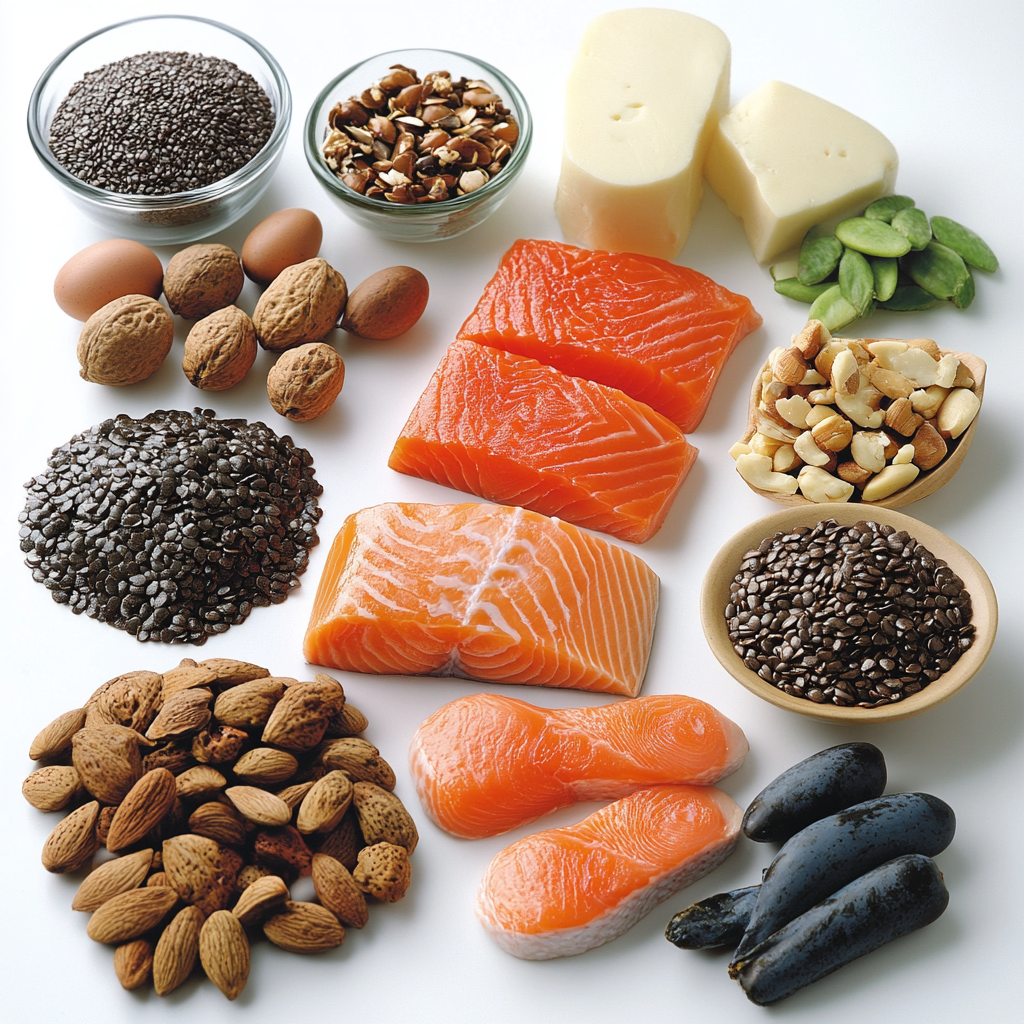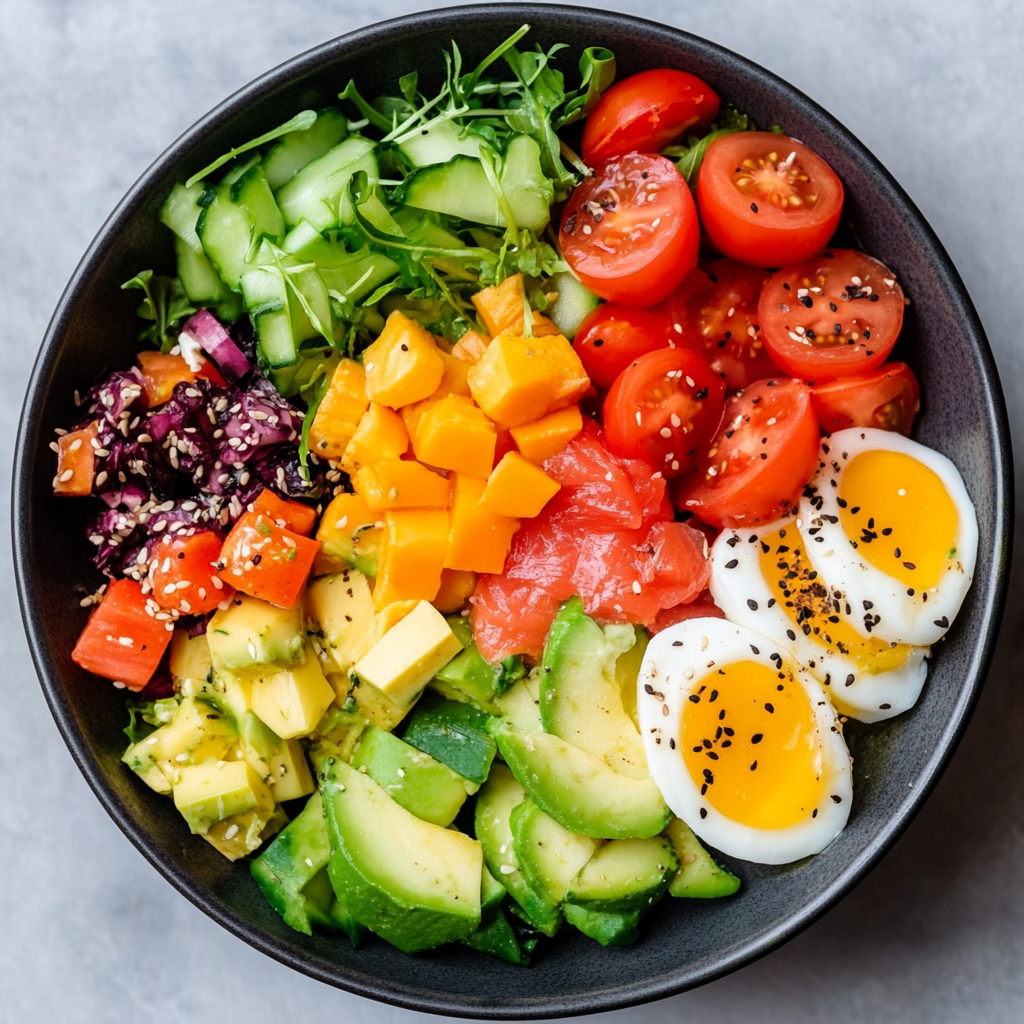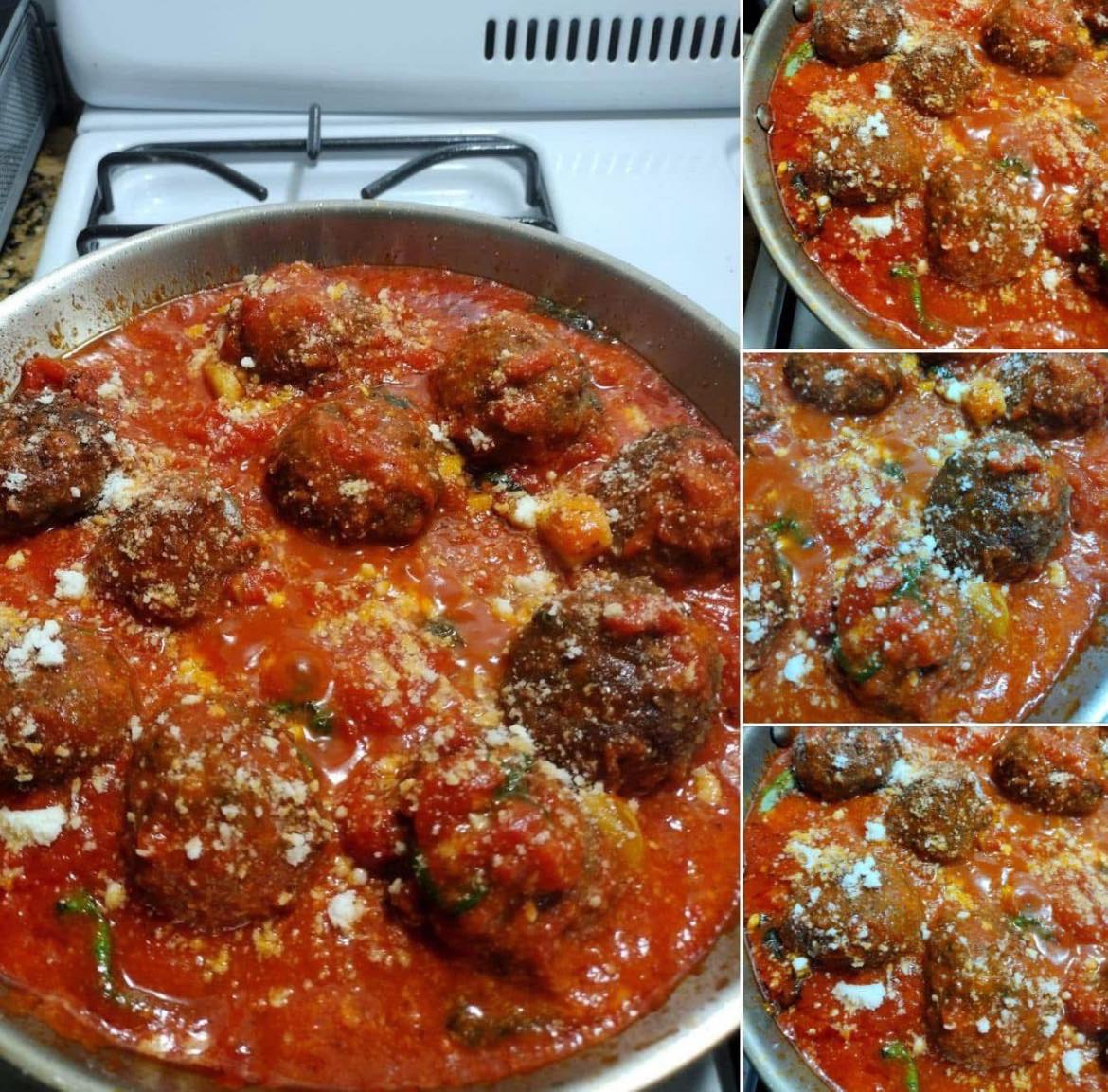Cholesterol is a crucial component of the human body, essential for building cells, producing hormones, and maintaining healthy digestion. However, not all cholesterol is created equal. Cholesterol is classified into two primary types: low-density lipoprotein (LDL) and high-density lipoprotein (HDL). While LDL is often referred to as “bad cholesterol” because it can lead to plaque buildup in arteries, HDL is considered “good cholesterol” due to its ability to remove LDL cholesterol from the bloodstream and transport it to the liver for excretion.
Having a high level of HDL cholesterol is associated with a reduced risk of heart disease, stroke, and other cardiovascular issues. Increasing HDL cholesterol levels, therefore, can be an important aspect of maintaining overall cardiovascular health.
In this article, we will explore the best dietary strategies to naturally increase HDL cholesterol levels. We will discuss various foods, nutrients, and lifestyle changes that can support optimal HDL levels.
Understanding HDL Cholesterol
Before diving into the dietary strategies, it is essential to understand what HDL cholesterol is and why it is beneficial to your health.
HDL cholesterol is a type of lipoprotein that carries cholesterol from the arteries to the liver, where it is processed and eliminated from the body. This process helps prevent the buildup of plaque in the arterial walls, reducing the risk of atherosclerosis (narrowing of the arteries) and cardiovascular diseases.
The higher your HDL cholesterol level, the lower your risk of heart disease. An optimal level of HDL cholesterol is typically above 60 milligrams per deciliter (mg/dL). Levels below 40 mg/dL for men and below 50 mg/dL for women are considered low, which increases the risk of heart disease.
Dietary Strategies to Increase HDL Cholesterol
Several dietary changes can boost HDL cholesterol levels. Here’s a detailed look at the foods and nutrients that can help:
1. Healthy Fats: Monounsaturated and Polyunsaturated Fats
Fats are a crucial part of the diet, and not all fats are created equal. While trans fats and saturated fats should be minimized, monounsaturated and polyunsaturated fats are heart-healthy fats that can increase HDL cholesterol levels.
- Monounsaturated fats: These fats help raise HDL cholesterol levels while lowering LDL cholesterol. They are commonly found in foods like:
- Olive oil
- Avocados
- Nuts (such as almonds, walnuts, and cashews)
- Seeds (like chia seeds, flaxseeds, and sunflower seeds)
- Polyunsaturated fats: These fats are found in fatty fish and certain plant-based oils. Polyunsaturated fats, especially omega-3 fatty acids, have been shown to increase HDL cholesterol levels. Foods rich in polyunsaturated fats include:
- Fatty fish (such as salmon, mackerel, sardines, and trout)
- Flaxseeds, chia seeds, and walnuts (which are also good sources of omega-3 fatty acids)
- Plant oils like sunflower oil, safflower oil, and soybean oil

Incorporating these fats into your diet helps to raise HDL cholesterol while lowering the harmful LDL cholesterol. Aim to replace saturated and trans fats with healthier fats for better heart health.
2. Omega-3 Fatty Acids
Omega-3 fatty acids are a subtype of polyunsaturated fats that have been widely studied for their heart-health benefits. They are particularly effective at increasing HDL cholesterol levels, reducing triglycerides, and preventing inflammation in the body.
Key sources of omega-3 fatty acids include:
- Fatty fish (e.g., salmon, sardines, mackerel)
- Flaxseeds and chia seeds
- Walnuts
- Hemp seeds
- Algal oil (for a plant-based omega-3 source)
Incorporating two servings of fatty fish into your diet each week or adding a tablespoon of flaxseeds or chia seeds to smoothies, oatmeal, or salads can significantly boost your omega-3 intake.
3. Fruits and Vegetables
Fruits and vegetables are rich in antioxidants, fiber, and essential vitamins and minerals that support cardiovascular health. Several fruits and vegetables are particularly beneficial for increasing HDL cholesterol.
- Berries: Berries like blueberries, strawberries, and raspberries are rich in antioxidants, particularly flavonoids, which have been shown to increase HDL cholesterol and improve overall heart health.
- Avocados: Rich in heart-healthy monounsaturated fats, avocados are an excellent food choice for raising HDL levels.
- Leafy greens and cruciferous vegetables: Spinach, kale, broccoli, and Brussels sprouts contain fiber, vitamins, and minerals that promote cardiovascular health.

Aim to fill half your plate with vegetables and fruits, focusing on a variety of colors to maximize the nutrient intake. Including fruits like berries and citrus and vegetables like spinach and kale will provide additional antioxidants and fiber to help increase HDL cholesterol.
4. Fiber-Rich Foods
Dietary fiber is essential for overall health, and certain types of fiber can help improve cholesterol levels. Soluble fiber, in particular, is known to lower LDL cholesterol and support the production of HDL cholesterol.
Foods that are rich in soluble fiber include:
- Oats and oat bran
- Barley
- Beans and legumes (such as lentils, chickpeas, and black beans)
- Fruits like apples, pears, and citrus fruits
- Root vegetables (such as sweet potatoes and carrots)
Fiber helps bind to cholesterol in the digestive system, removing it from the body. Including a variety of fiber-rich foods in your diet supports healthy cholesterol levels and promotes the production of HDL cholesterol.
5. Nuts and Seeds
Nuts and seeds are excellent sources of healthy fats, fiber, and protein. They provide monounsaturated and polyunsaturated fats, which are essential for raising HDL cholesterol. Some of the best nuts and seeds for increasing HDL include:
- Almonds
- Walnuts
- Pistachios
- Flaxseeds
- Chia seeds
- Sunflower seeds
A small handful of nuts or a tablespoon of seeds per day can be an excellent way to improve your cholesterol profile and support overall cardiovascular health.
6. Whole Grains
Whole grains, unlike refined grains, retain their natural fiber, vitamins, and minerals, which can help improve cholesterol levels. The fiber in whole grains helps reduce LDL cholesterol and may increase HDL cholesterol.
Good sources of whole grains include:
- Oats
- Quinoa
- Brown rice
- Barley
- Whole wheat
Replacing refined carbohydrates, such as white bread, pasta, and sugary cereals, with whole grains can have a positive effect on your cholesterol levels and cardiovascular health.
7. Legumes and Beans
Legumes, including beans, lentils, and peas, are an excellent source of plant-based protein and soluble fiber. Studies have shown that consuming legumes regularly can help improve cholesterol levels, including increasing HDL cholesterol.
Some excellent options include:
- Lentils
- Chickpeas
- Black beans
- Kidney beans
- Peas
Legumes are versatile and can be used in soups, stews, salads, and even as a meat replacement in various dishes.
8. Limit Refined Carbohydrates and Sugary Foods
Refined carbohydrates, such as white bread, pastries, and sugary snacks, can lower HDL cholesterol levels and increase triglycerides, a type of fat in the blood. Consuming too many refined carbohydrates also contributes to insulin resistance, which can negatively affect lipid profiles.
To increase HDL cholesterol, it’s important to limit or avoid:
- White bread and refined pasta
- Sugary drinks, sodas, and sugary snacks
- Fast food and processed foods that are high in trans fats and sugar
Instead, opt for whole grains, fruits, and vegetables that provide steady energy and support healthy cholesterol levels.
9. Moderate Alcohol Consumption
Moderate alcohol consumption, particularly red wine, has been shown to raise HDL cholesterol levels. This is likely due to the polyphenols, antioxidants found in wine, that help increase HDL production and prevent cholesterol buildup.
However, it’s important to consume alcohol in moderation, as excessive drinking can lead to a variety of health problems, including liver damage and high blood pressure.
Moderate alcohol consumption is typically defined as one drink per day for women and up to two drinks per day for men. If you don’t currently drink alcohol, it’s not necessary to start for the sake of raising HDL cholesterol, as a healthy diet and lifestyle can achieve similar benefits.
10. Exercise and Lifestyle Factors
While diet plays a significant role in raising HDL cholesterol, regular physical activity can also have a powerful impact. Aerobic exercises, such as walking, running, swimming, and cycling, have been shown to increase HDL cholesterol levels. Aim for at least 30 minutes of moderate-intensity exercise most days of the week.
Other lifestyle factors that support HDL cholesterol include:
- Maintaining a healthy weight
- Quitting smoking
- Reducing stress levels through techniques like meditation, yoga, or deep breathing exercises
Conclusion
Increasing HDL cholesterol levels is an essential step toward improving heart health and reducing the risk of cardiovascular diseases. A diet rich in healthy fats, fiber, fruits, vegetables, and whole grains can significantly help boost HDL cholesterol levels. Additionally, regular physical activity, moderate alcohol consumption, and lifestyle changes such as quitting smoking can further support healthy cholesterol levels.
By making these dietary and lifestyle adjustments, you can optimize your cholesterol profile, improve heart health, and reduce the risk of heart disease. Always consult with a healthcare provider before making significant dietary or lifestyle changes, especially if you have underlying health conditions.

